How the Les Paul transformed from elegant jazz guitar to rock ’n’ roll's weapon of choice
Gibson’s Mat Koehler has spent countless hours tracing the history of the company’s iconic electrics. We join him to learn more about the first 10 years of the Les Paul's history
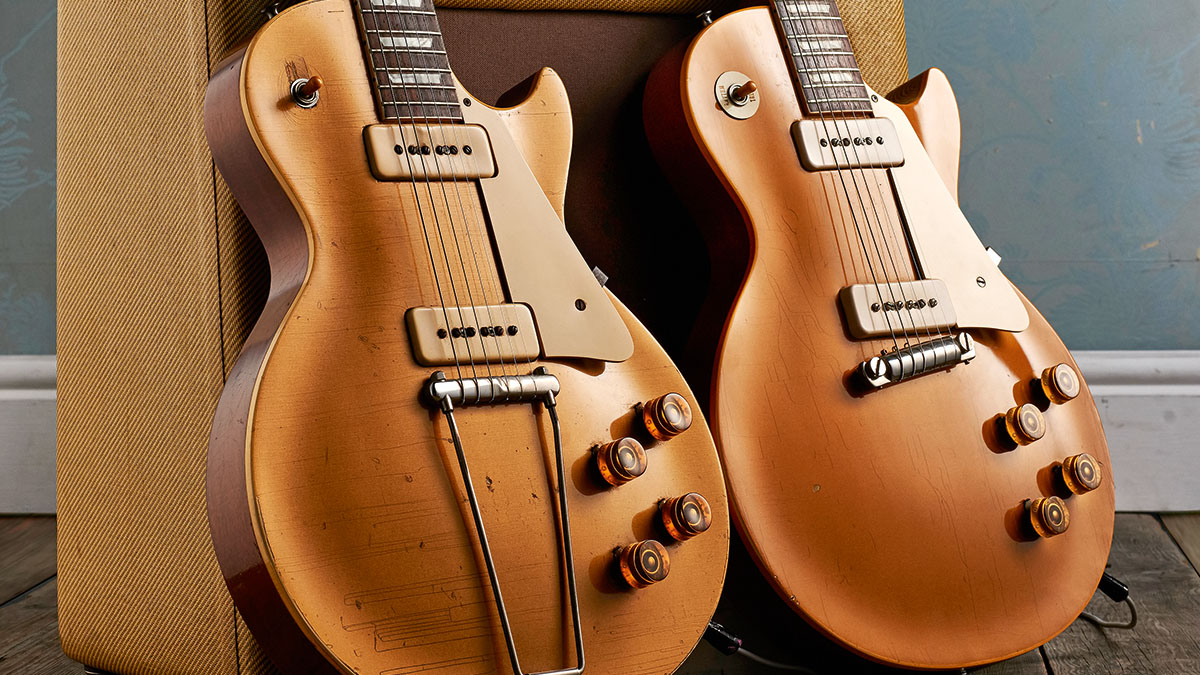
As Senior Director of Product Development at Gibson, Mat Koehler is behind the company’s drive for maximum vintage authenticity in its reissues, from Epiphone Coronets to custom color Firebirds.
But he says the Gibson Les Paul – and the man who put his moniker on one of the most iconic electric guitars of all time – was the guitar that sparked his interest in working for the Nashville company, and it remains one of his ruling passions.
“I’m from Waukesha, Wisconsin, Les Paul’s hometown,” Mat says, “so the name Les Paul has always been legendary to me. Even as a kid and growing up, my uncle had a music store there called White House Of Music and you’d always hear whispers that ‘Les Paul’s in town’… It was ever-present.
“I was always around guitars, but the Les Paul always had the mystique to me and that led to me really wanting to find an opportunity to work for Gibson. So yeah, in a way, it means everything to me.”
With this thought to conjure with, we sit down with Mat to get his forensic view on the large and small transitions the model made in its earliest years, including the anomalies and one-offs thrown up by the breakneck speed of change as the rock ’n’ roll era took off…
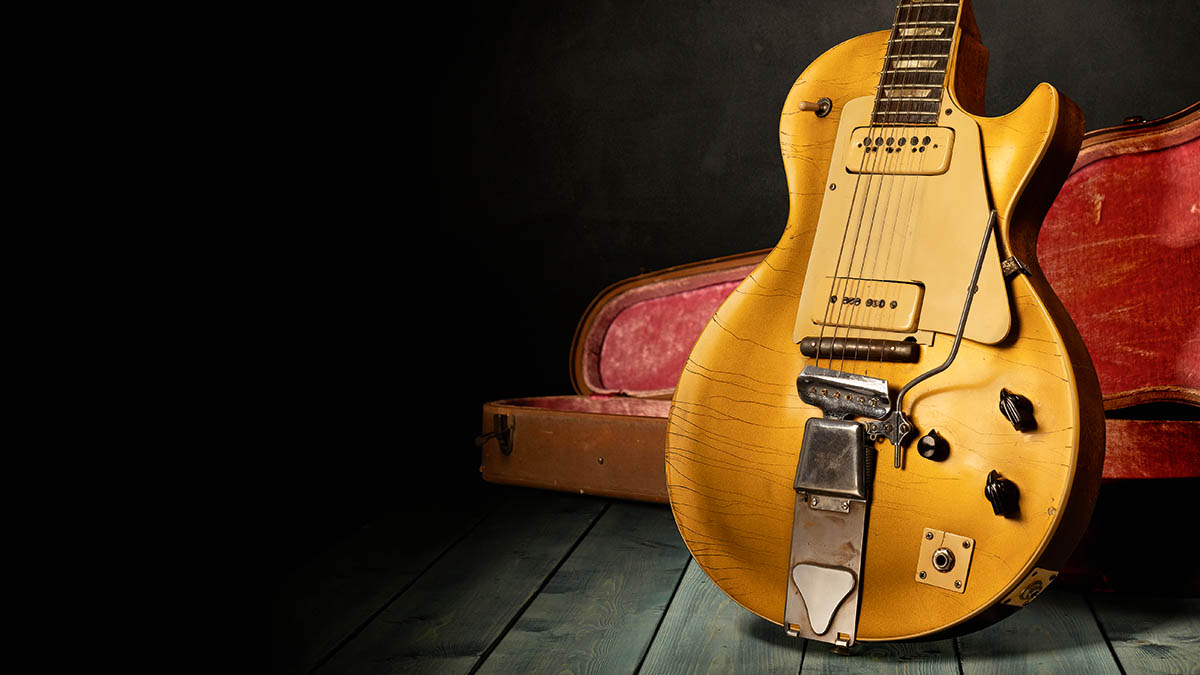
What’s your take on the early years of the Les Paul model? It saw quite a few revisions in short order.
“Yeah, first, I should say that it wasn’t just Les Pauls that were constantly evolving in the 1950s and '60s – it was everything. So Gibson really had this model-year mentality where they wanted to add features and benefits and make changes. And if something was selling well and working well, normally it would stay in the line for a little bit longer, but even then they were trying to stay ahead of the curve.
Get The Pick Newsletter
All the latest guitar news, interviews, lessons, reviews, deals and more, direct to your inbox!
“They had a lot of competition at the time because this was the guitar boom era. That was another reason why I think they were conscious of their imitators, too, and they wanted to stay above the curve.
“So in the '50s, the first version is the trapeze tailpiece. Famously, the strings are wrapped around the opposite of how Les Paul had wanted. So because Les Paul wanted to palm mute, and they did not execute it that way, it took them a full year and a half to fix it.”
Working at Gibson and working for a long time with the Custom Shop and Gibson Memphis, just being present in the factory setting, you completely understand some of these mysteries
“The good news is, in that time, Ted McCarty had created an amazing solution – the McCarty bridge, the stopbar bridge, which is still one of my favourites. It’s not the best for intonation, which is why it evolved further, but it has a really specific sound and grit to it.
“And then you got the ABR-1 that first debuts on the Les Paul Custom in 1954 – in late ’53, actually – and then it applies to the regular Les Paul, the Goldtop model in 1955. And then pretty much the Les Paul, as we know it today, was born. That’s the evolution, outside of humbuckers being introduced in 1957; those are the three steps to the current ABR and stopbar setup that we see today.”
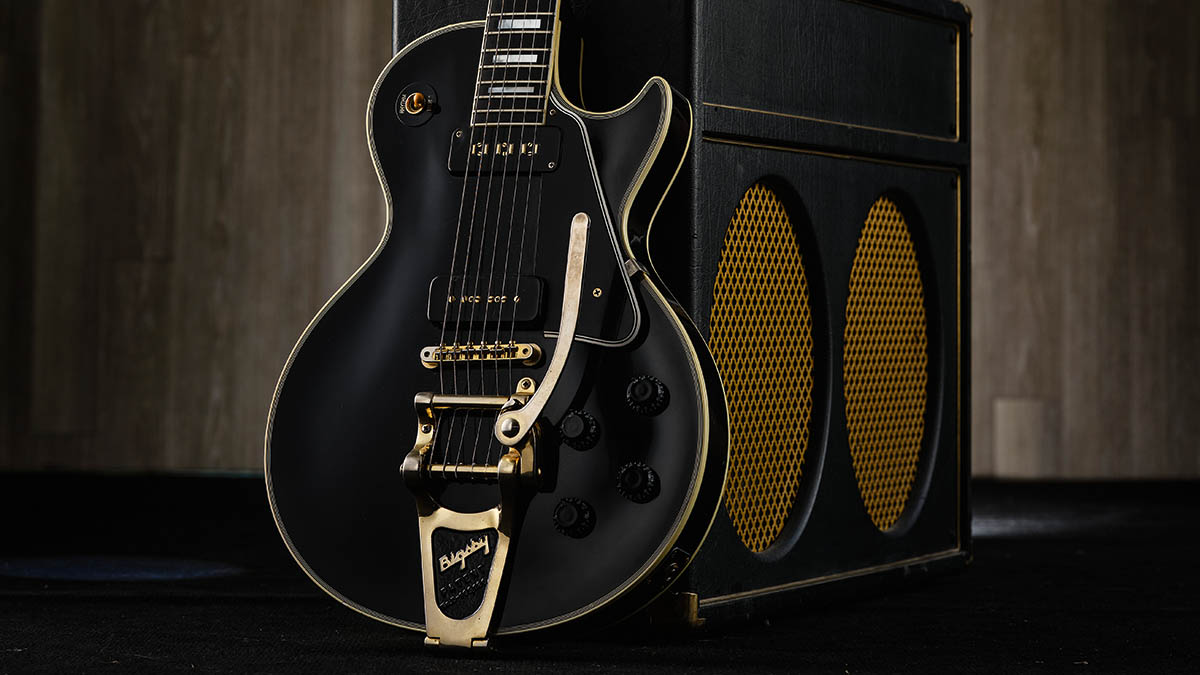
With so many changes in the space of a decade, you do hear of a fair few examples of one-off guitars surviving that have features you wouldn’t normally associate with a given year.
“Yeah, I had a vintage guitar business before I joined Gibson, so I would see a lot of those anomalies, but I wasn’t able to put them into context. Working at Gibson and working for a long time with the Custom Shop and Gibson Memphis, just being present in the factory setting, you completely understand some of these mysteries, like I completely understand how a Goldtop could have been shipped in ’59 and it probably was held back – possibly in the repair department – and shipped later.
“Or they found it, they serialised it and just shipped it out. You know, rule number one of businesses is [there must be] stuff going out the door, so Gibson always wanted to have things going out the door, even if they were older, repaired or repurposed. So yeah, that Goldtop ’59 is a good example.
“Wrap-tail models, I’ve seen as late as early ’57. So there are some odd ones. Then there are the other anomalies, such as unique colours, which I’m really interested in. I have a mini custom-colour collection. No Les Pauls, unfortunately! The whole gist of it is that the factory setting is unpredictable. And that’s why you see anomalies.”
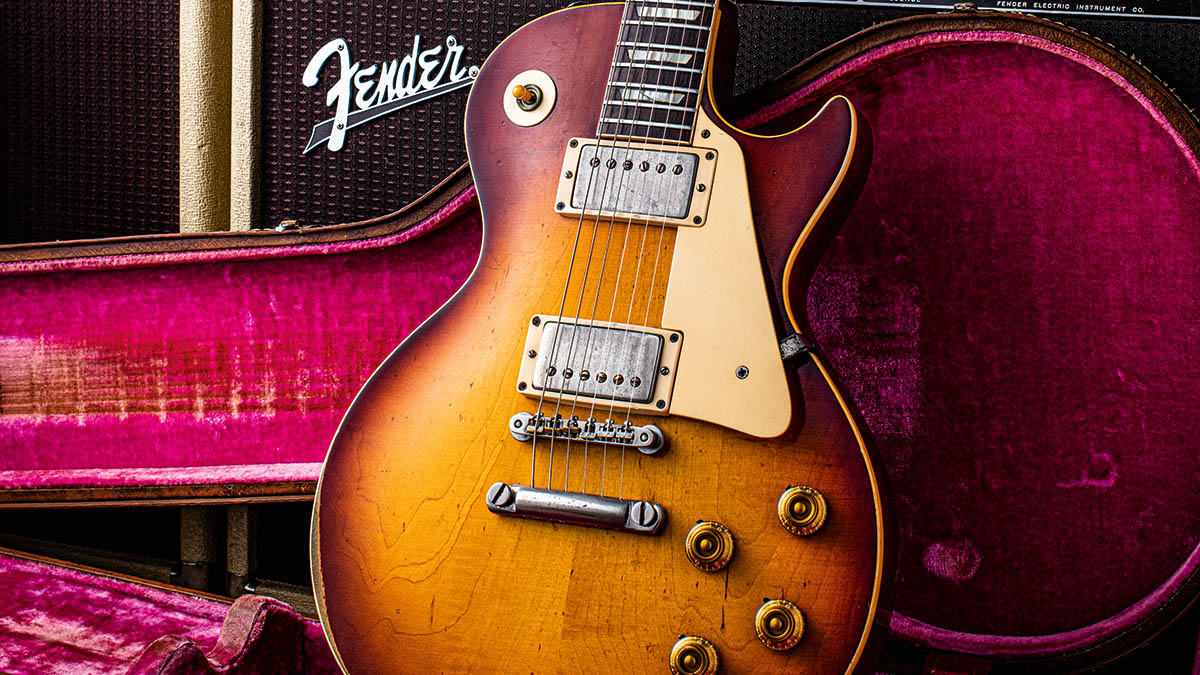
One of the big changes to the Les Paul was the introduction of the sunburst finish models in 1958. Why did the Goldtop get the push?
“Honestly, it’s about factory context. I think they wanted to get out of the gold paint business because metallic paint is tough to work with. There’s a lot of trash in the air from the metallic finish and they were like, ‘Can we get away from metallic here, please?’ I think that was the request [laughs].
There was a really unique guitar that I’ve seen personally, that is in the ledger book, it almost looks like a hand-stained sunburst
“It took them a while to settle on the Cherry Sunburst as we know it today – they did try a [completely] Cherry Red guitar very early on before there was a Cherry Sunburst, and there were maybe two of those, if I remember rightly.
“Then there was a really unique guitar that I’ve seen personally, that is in the ledger book, it almost looks like a hand-stained sunburst, though it’s more of an amber sunburst: it’s front and back sunburst with a tortoiseshell pickguard – really unusual, but it’s real and it’s legit. I’m just not allowed to share where it’s at [laughs].
“That tells me they were experimenting with a few different finishes before they landed on Cherry Sunburst, but then when it debuts in the Gibson Gazette, they lead with ‘a beautiful cherry sunburst is the news for the Les Paul…’ so they clearly were trying to hone in on something that they thought would hit.

“The irony, of course, is that it didn’t really hit it. They didn’t sell as many Sunbursts as they did Goldtops. Then in that evolution of ’58 through 1960, it was really just minute changes to the guitars that now are celebrated as great differences.
“We’re talking about bigger frets; occasionally, you’ll see flamier tops in ’59. And then in 1960, they wanted to get rid of the fading aniline-dye finish on the top. So by mid-1960 they had introduced a new kind of tangerine-orange sunburst [aka ‘tomato soup’ finish].
“That’s really the gist of it, though thinner neck profiles and some of the hardware changes were instituted across the board, such as the reflector knobs in 1960, the double-ring tuners. Not a whole lot of differences under the hood, though. Same construction, same pickups.”
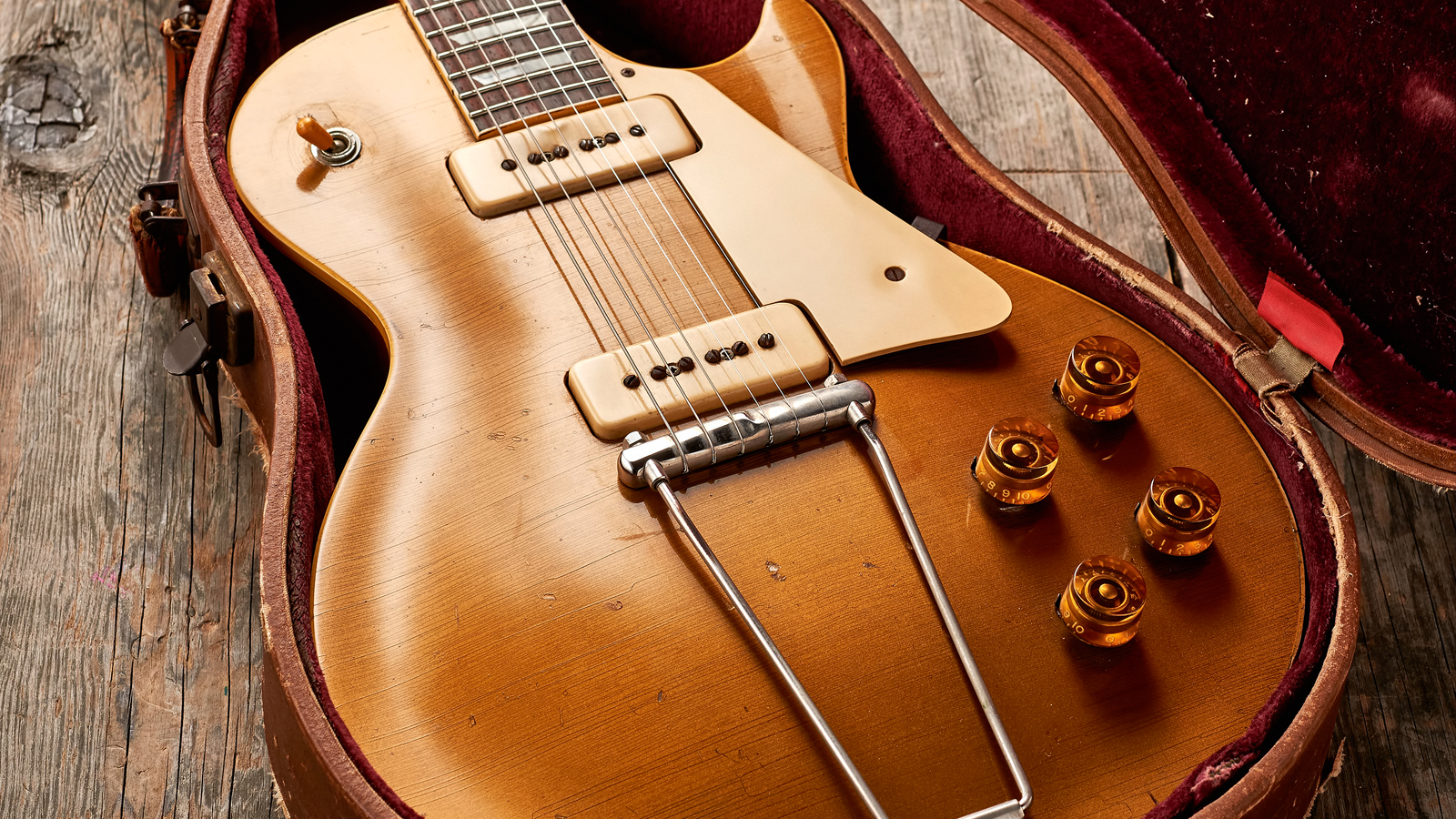
Earlier you mentioned the ledger books in which Gibson kept track of production of various models, but the record is incomplete, isn’t it? How do you go about authenticating ’Bursts for which official records no longer exist?
“There are only a few Les Pauls in our 1958 [ledger] book. And, unfortunately, the time at which the Sunburst was debuted, was also the same time period when the Explorer first shipped. That’s exactly where that ledger book ends; it’s unusual because the ledger book ends halfway through.
“May 31 is the last day in the ledger book and then it’s just blank, so that tells me either they moved to a different accounting system or ledger system, or they had already started another book and they were just tagging on. So that’s interesting.
You want to look for something that would be consistent on those originals that is fairly [mundane] and then hone in on that, compare, compare, compare, see how it evolved
“But it’s still a great mystery what happened to those records. They definitely existed, but there’s this gap between mid-’58 through 1960, and then it starts again in 1961. Clearly, there must have been some intention to keep records for that time period. I don’t know if it was malicious… we’re actually still recovering parts of our archive today. And oftentimes, they’re just in some little old lady’s garage, so it’s very possible that they’re out there and that they will be recovered, I feel.
“But as far as verifying Les Pauls goes, the ledger book itself is not a huge help with any of that. With some Les Pauls from ’58 through 1960, you really, really have to know the ‘tells’ [unmistakable signs of genuine authenticity].”
Just for illustrative purposes, what might one or two of those ‘tells’ be?
“I’m not sure I’m willing to give that up… But I can say, generally speaking, you want to hone in on completely benign elements of the guitar that most people would not think to look at.
“A lot of people are looking at the top carve and the neck profile, but those are things that changed day to day in the factory. You want to look for something that would be consistent on those originals that is fairly [mundane] and then hone in on that, compare, compare, compare, see how it evolved.
“The more access to Les Pauls you have, the better. Fortunately, when I had my previous business, one of my best customers was Joe Bonamassa, who was very, very friendly in sharing his guitars with me. That was great.”
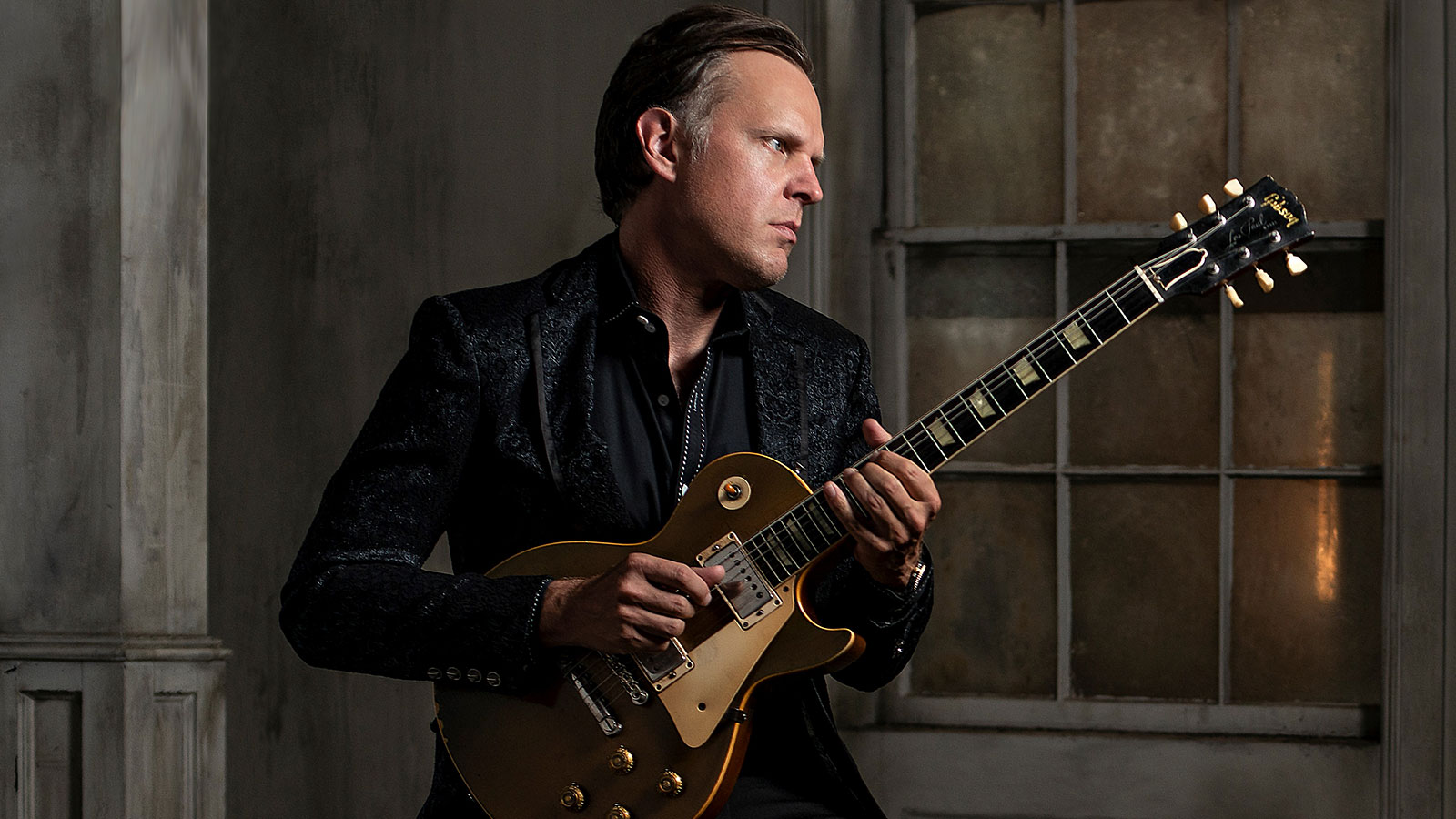
Moving on to the Les Paul Custom, it seems almost a shame that, though an icon in its own right, it’s been in the shade of the ’Bursts…
“Yeah, clearly at the time they debuted it was the one that Les Paul bonded with. The irony is he had specifically requested a maple cap on the Les Paul, and then by the time they made the Les Paul Customs in the 50s, they were solid mahogany. I’m not actually sure if Les Paul knew that or not. But the ebony fingerboard makes up for that a bit, gives some of that brightness.
There was a lower-action spec, too, on the Custom, which a lot of people don’t know – out of the factory they were supposed to have an extremely low action as well as the small frets
“So yeah, the Custom was the first model to debut the ABR, which is kind of cool, in 1953. And their evolution with the staple pickups was a whole different vibe with the tiny, tiny frets. Everything was designed around fast play. There was a lower-action spec, too, on that model, which a lot of people don’t know – out of the factory they were supposed to have an extremely low action as well as the small frets.
“So the Customs were really, really tuned into Les Paul’s tastes, even more than the Les Paul ‘regular’, which is what I call anything that has gold paint. Even when the Les Paul transitioned into the SG shape, you see Mary Ford and Les Paul playing the SG Custom with the Les Paul name on it, so he definitely was drawn to those tuxedo appointments – and he was a sharp dresser, so it’s no wonder.”
The Alnico V ‘staple’ pickup used on the neck position of the earliest Les Paul Customs is having a bit of resurgence at the moment, appearing on a fair few boutique electrics by independent makers. Why did it only ever appear, briefly, on the Custom?
“Again, factory context – I now understand that they’re very difficult to build. It’s part of the reason why we’re redeveloping the staple pickup as we speak, to be more factory-friendly. The design itself was a little crude – we have Seth Lover’s original drawings and you can tell that this wasn’t his instinctual way to create a pickup.
“This was Les Paul in his ear saying, ‘This is what you should do.’ I think that had a lot to do with it. But it does serve a purpose and it has a fantastic jazz tone, which is why you see it on archtop models. I think, really, the reason that it wasn’t more prevalent is just because of the difficulty to construct it.”
Jamie Dickson is Editor-in-Chief of Guitarist magazine, Britain's best-selling and longest-running monthly for guitar players. He started his career at the Daily Telegraph in London, where his first assignment was interviewing blue-eyed soul legend Robert Palmer, going on to become a full-time author on music, writing for benchmark references such as 1001 Albums You Must Hear Before You Die and Dorling Kindersley's How To Play Guitar Step By Step. He joined Guitarist in 2011 and since then it has been his privilege to interview everyone from B.B. King to St. Vincent for Guitarist's readers, while sharing insights into scores of historic guitars, from Rory Gallagher's '61 Strat to the first Martin D-28 ever made.
“It holds its own purely as a playable guitar. It’s really cool for the traveling musician – you can bring it on a flight and it fits beneath the seat”: Why Steve Stevens put his name to a foldable guitar
“Finely tuned instruments with effortless playability and one of the best vibratos there is”: PRS Standard 24 Satin and S2 Standard 24 Satin review











